Artificially rearing lambs
The greatest cost in systems rearing lambs artificially up to weaning stage is milk replacer. Therefore, ensuring lambs can be weaned in a timely fashion will have a significant influence on overall costs and potential margins.
The general aim is to be in a position to wean lambs at about five to six weeks of age and a ballpark figure used by some of the farmers operating in the Teagasc Better Farm Sheep Programme is when lambs have reached at least 2.5 times their birth weight. Lambs need to be consuming 250g concentrates daily and where this is not the case, weaning should be delayed.
Consumption of concentrates can be enhanced by switching lambs from warm to cold milk. Offering lambs a small volume of fresh feed on a regular basis and removing feed which lambs have not eaten will also help to encourage higher consumption in contrast to offering a high volume and letting feed accumulate ahead of lambs.
The next decision is the subsequent finishing programme. Letting lambs out to grass and continuing to supplement is a lower-cost option to intensive finishing but is one which is more variable in terms of lamb performance. Some farmers operate a mixed system of continuing to push on male lambs in particular which have excelled indoors and let ewe lambs out to grass.
Orf vaccination
There have been some queries of late regarding orf, with a few outbreaks occurring and possibly linked to tight grass supplies and lambs congregating around feed troughs. The orf virus can last for four to six weeks and healthy animals tend to overcome it in time.
Mortality typically occurs as a consequence of orf being the underlying factor in the establishment of other ailments. For example, lactating ewes that contract orf on their teats may abandon their lambs or refuse to stand for them to suckle. This can lead to starvation or hypothermia in lambs and secondary mastitis in ewes.
Where the lesions are present on the inside of the lamb’s mouth/lips, it can have great difficulty suckling leading to the same issues described above. Bacterial infections can also establish in scabs or lesions and this is a significant risk where the disease is severe.
There is no licensed veterinary medicine available for treating orf. Treatment centres around ensuring lambs continue to have access to milk (artificial feeding or ensuring affected ewes stand for lambs to suckle) along with addressing secondary bacterial infections where relevant (topical or injectable antibiotics).
There is a vaccine, Scabivax Forte, which can be used in flocks with known issues. It takes four to eight weeks for immunity to develop so early treatment is advised.
TAMS tranche 21
Farmers who have started a TAMS II application with the intention of purchasing sheep handling equipment or undertaking fencing works this summer really need to get their application completed and submitted in tranche 21 which closes for applications at 11.59pm on Friday 16 April. The reason for this is that it is typically taking three months to receive approval after the tranche closes, meaning delaying an application until tranche 22 closes on 22 July is likely to push back potential approval until September or October.




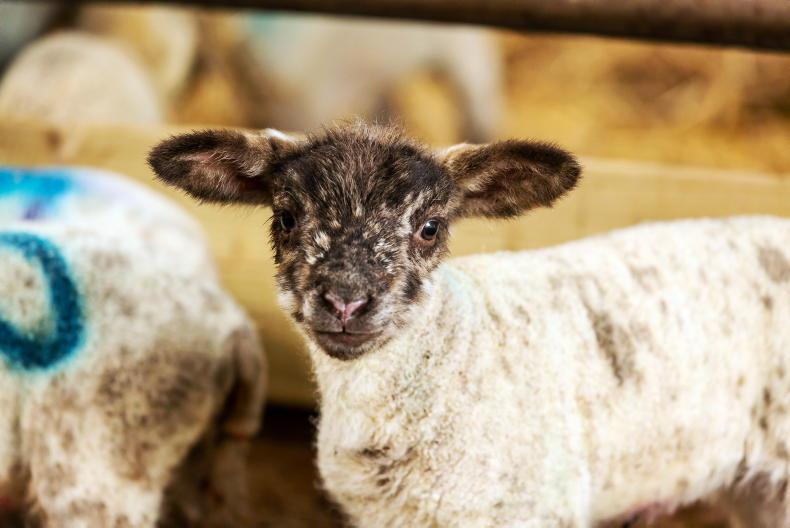
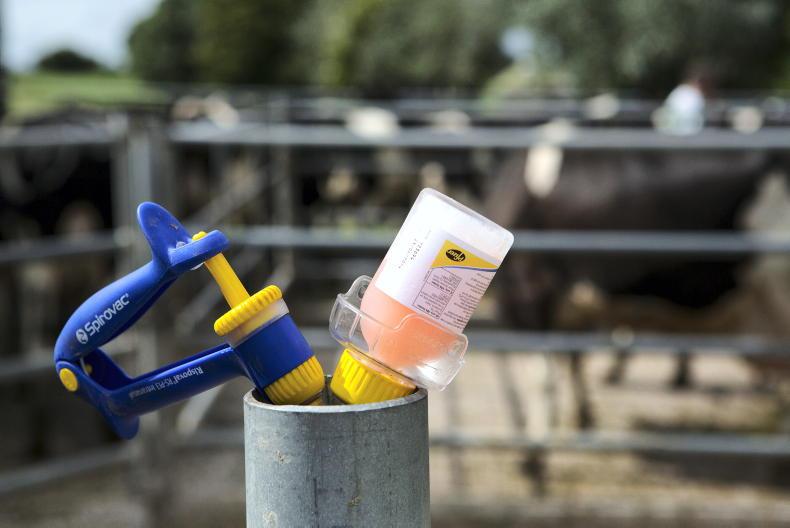
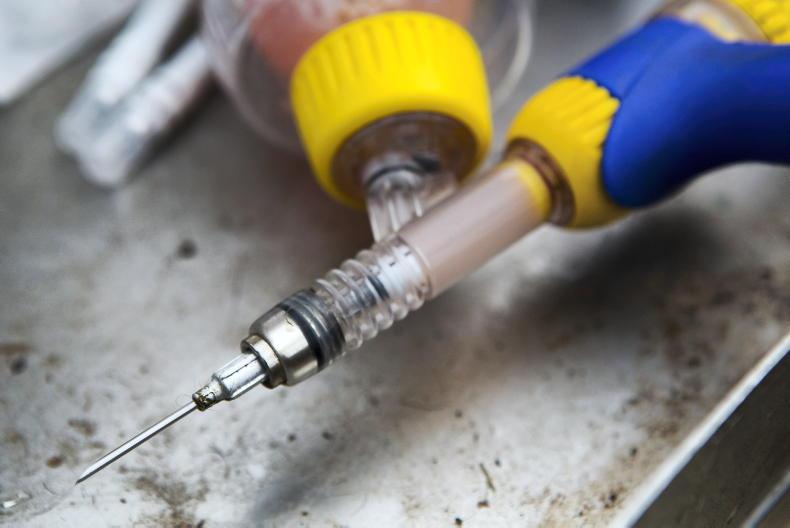
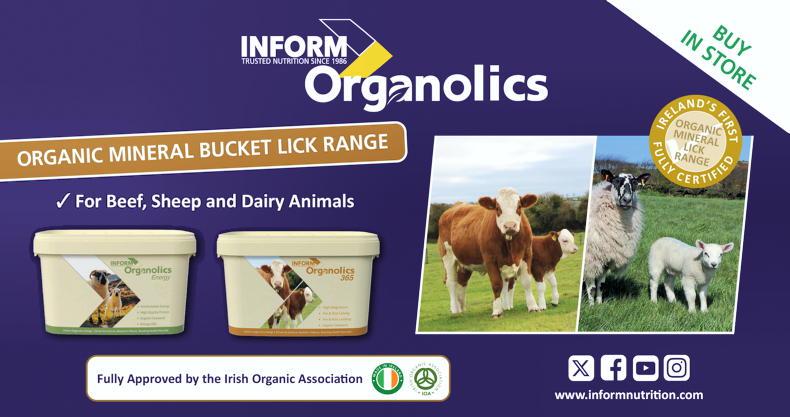
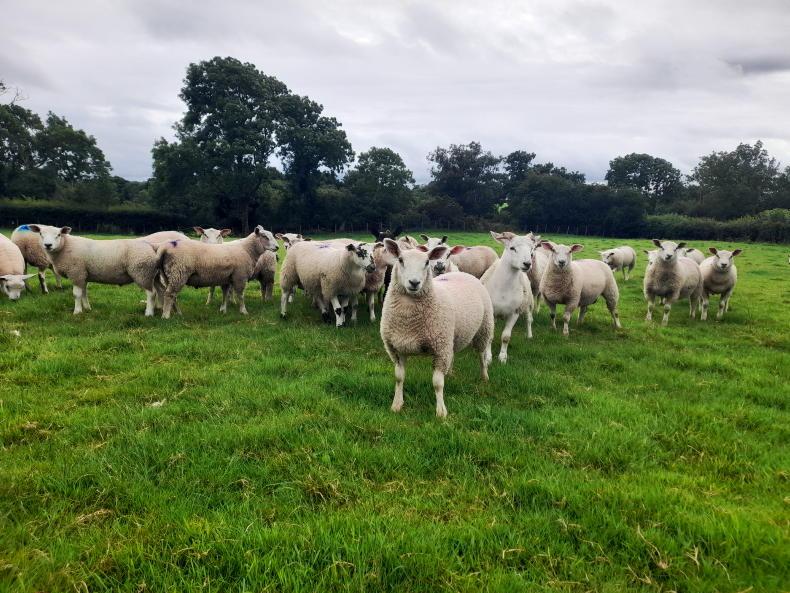
SHARING OPTIONS